
If you handle U.S. import compliance for a small retail operation, you already know the wrong HTS code can mean delays, unexpected duties, or even penalties.
In my experience, the fastest way to get classification right is to combine product facts with official tools and a simple decision path.
This guide walks you through a practical workflow, with building materials examples (ceramic vanity tops, engineered quartz countertops, stainless steel and composite granite sinks, bathroom accessories), so you can find the correct code quickly—and defend it when asked.
HTS vs HS vs Schedule B (the 10,000-foot view)
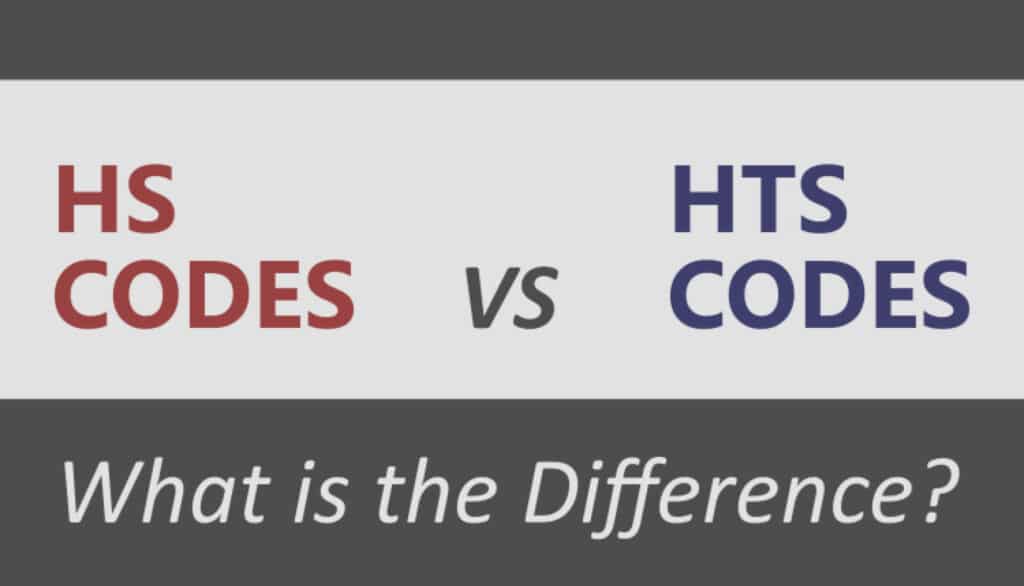
- HS (Harmonized System) is the global 6-digit taxonomy administered by the WCO; every country’s tariff schedule builds on it.
- HTSUS (Harmonized Tariff Schedule of the United States) is the U.S. import schedule that extends HS to 8 and 10 digits. The U.S. International Trade Commission hosts the official online HTS tables and notes at the USITC HTS portal.
- Schedule B is the U.S. export classification system (10 digits) administered by Census. For a plain-English overview of HS/HTS vs Schedule B, see Trade.gov’s HS Codes overview.
Structure matters. HTSUS is organized by sections and chapters (2-digit), headings (4-digit), subheadings (6-digit), and U.S.-specific national subdivisions to 8/10 digits.
The preface contains General Notes and the General Rules of Interpretation (GRIs). USITC provides a helpful index and notes under Harmonized Tariff Information and USITC FAQs on definitions and classifications.
The 6-step HTS lookup workflow I recommend
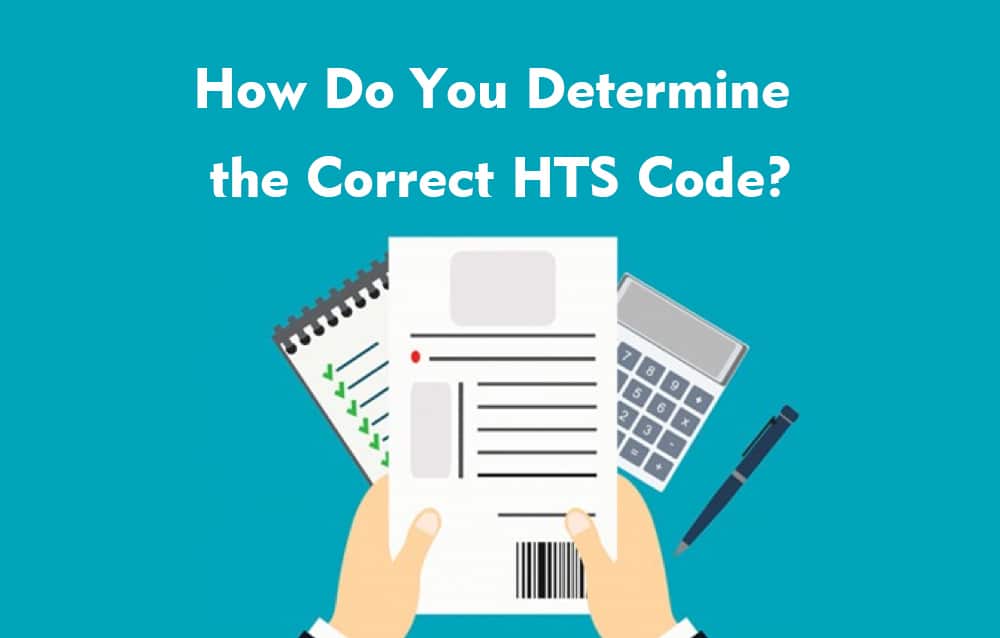
- Gather product facts
- Material(s) and percentages, function/use, construction/process, dimensions, and any integrated components.
- Think in terms of “essential character” (which component or material gives the product its identity). GRIs 1–6 guide this analysis; start with heading text and Section/Chapter Notes.
- Search HTSUS and read the notes
- Use the official USITC HTS portal. Identify candidate headings/subheadings and read Section/Chapter Notes. Check general and special duty rates. If Chapter 99 references appear, note them.
- Validate with rulings (CROSS)
- Query the CBP rulings database CROSS for similar products. Read CBP’s logic: which GRIs they applied, how they weighed materials and function, and how they handled borderline cases.
- Check trade remedies and special programs
- Confirm whether additional duties apply (e.g., Section 301 for goods of China via Chapter 99) and whether exclusions exist. USTR publishes changes and extensions—see 2024–2025 actions in the U.S. government record like the Federal Register modification on Sept. 18, 2024 and USTR press notices (examples in sections below).
- Decide whether to seek a binding ruling
- For complex or novel goods, you can request a binding ruling from CBP. The CBP Help Center explains the program at Binding Ruling Program (Article 1106), and you can search existing decisions via CROSS. Prepare detailed descriptions, composition, photos/diagrams, and your GRIs analysis.
- Document your rationale
- Record the chosen HTS, the notes you relied on, similar rulings, and the date/rates. Keep this with your import files for audits or inquiries.
Practical tip: Don’t stop at the first “pretty good” heading. Read the Section Notes, Chapter Notes, and any Additional U.S. Notes. Many misclassifications come from skipping the notes.
Quick decision tree you can use
- Is the product clearly named in a heading? If yes, start there (GRI 1). If no, check Section/Chapter Notes for exclusions or inclusions.
- Is it a set or composite good? Apply GRI 3 (specific vs general; essential character) or GRI 2(a) if incomplete/unfinished.
- Are there integrated components that change the nature? Determine which component confers essential character.
- After picking a candidate subheading, check duty rates and Chapter 99 references; then validate on CROSS.
Building materials examples: step-by-step
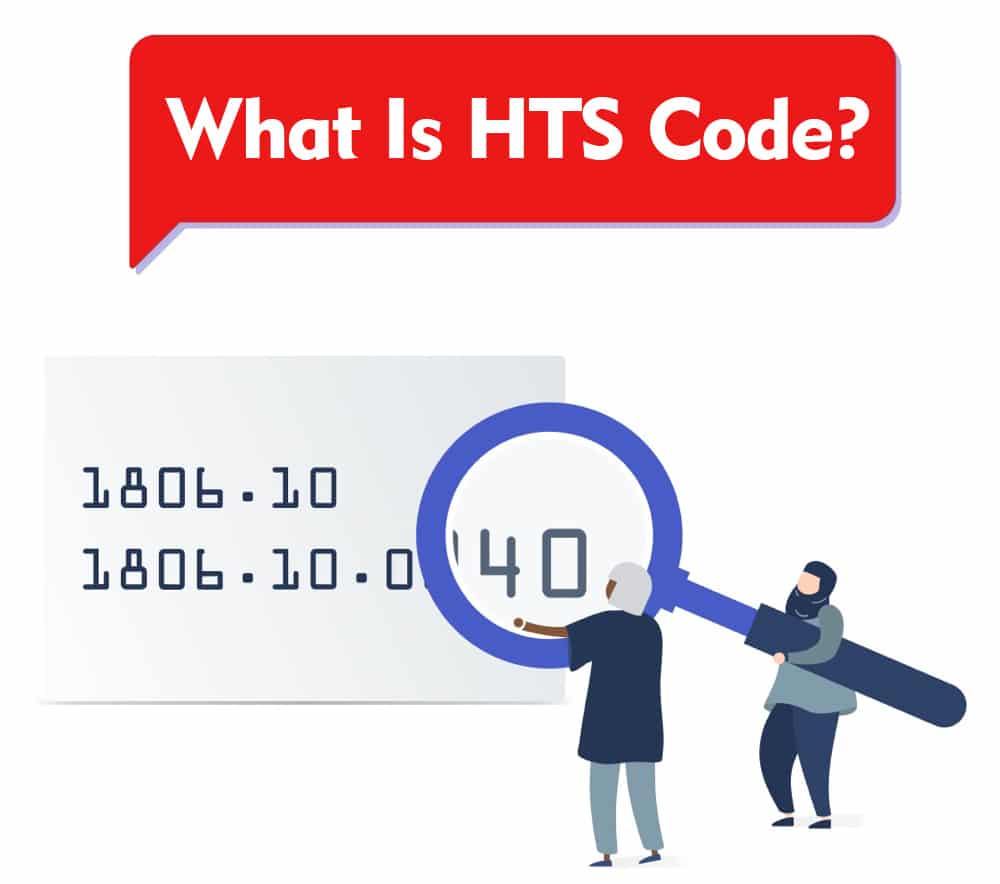
These examples reflect common retail building products. Always confirm the exact HTS text and current duty rates in the USITC HTS portal.
A) Ceramic bathroom vanity tops with integrated basins
- Likely chapter/heading: Chapter 69; heading 6910 covers “ceramic sanitary fixtures” like washbasins and similar fixtures. See USITC HTS search for 6910 (2025 tables).
- Why not furniture parts (Chapter 94)? Vanity tops with integrated basins are sanitary fixtures, not furniture components. Chapter/Section Notes help clarify.
- Subheading logic: 6910.10 (of porcelain or china) vs 6910.90 (other ceramics). Choose based on material.
- Checklist before classification:
- Ceramic type (porcelain/china vs other).
- Integrated basin dimensions and construction.
- Any non-ceramic components attached (metal brackets, etc.).
B) Artificial stone / engineered quartz countertops
- Typical heading: 6810 (Articles of cement, concrete, artificial stone). USITC provides granular lines for slabs used as countertops; see 6810.99.0020 search and 6810.99.0040 search.
- Rulings precedent: CBP has analyzed engineered quartz slabs (e.g., ~93% quartz + resin) and placed them under 6810.99; see CBP ruling N339557 (2018, still cited for composition/essential character logic).
- Trade remedies alert: Quartz surface products from China are subject to AD/CVD orders that continued in 2025; see Federal Register continuation notice (Jan. 30, 2025).
- Checklist before classification:
- Composition (quartz %, resin %, pigments).
- Stage (slab, cut-to-size, fabricated with sink cutouts, edge finishing).
- Dimensions relative to slab definitions in HTS lines.
- Country of origin (AD/CVD scope may apply) and whether Chapter 99 duties (Section 301) apply.
C) Stainless steel sinks; composite granite/stone sinks
- Stainless steel sinks: Heading 7324 (Sanitary ware of iron or steel); subheading 7324.10 covers sinks and washbasins of stainless steel. Check current duty rates at USITC HTS 7324.10.
- AD/CVD risk: Drawn stainless steel sinks from China have active AD/CVD measures; see Federal Register continuation (Feb. 20, 2024).
- Composite granite/stone sinks: Often classified as artificial stone articles under heading 6810, but confirm composition (agglomerated stone, resin binder) and essential character. Validate with CROSS for similar products.
- Checklist before classification:
- For stainless: fabrication method (drawn vs welded), gauge, finish, accessories.
- For composite: material proportions, manufacturing process, whether it fits “artificial stone” definitions.
D) Bathroom accessories (towel racks, soap dishes, TP holders)
- Distinguish household accessories from sanitary fixtures:
- Plastics: Heading 3924 (Tableware, kitchenware, other household articles of plastics). See USITC HTS search 3924.
- Iron or steel household accessories: Heading 7323 (Table, kitchen or other household articles of iron or steel). See USITC HTS search 7323.
- Sanitary ware (e.g., sinks): Heading 7324.
- Ruling precedent: A CBP ruling classified a plastic 4-piece bath set under 3924.90.1010, illustrating household plastics logic; see CBP ruling N340579.
- Checklist before classification:
- Material (plastic vs metal vs other).
- Intended use (household accessory vs sanitary fixture).
- Whether items are sold as sets (apply GRI 3 for sets, essential character).
Advanced classification moves (when products get tricky)
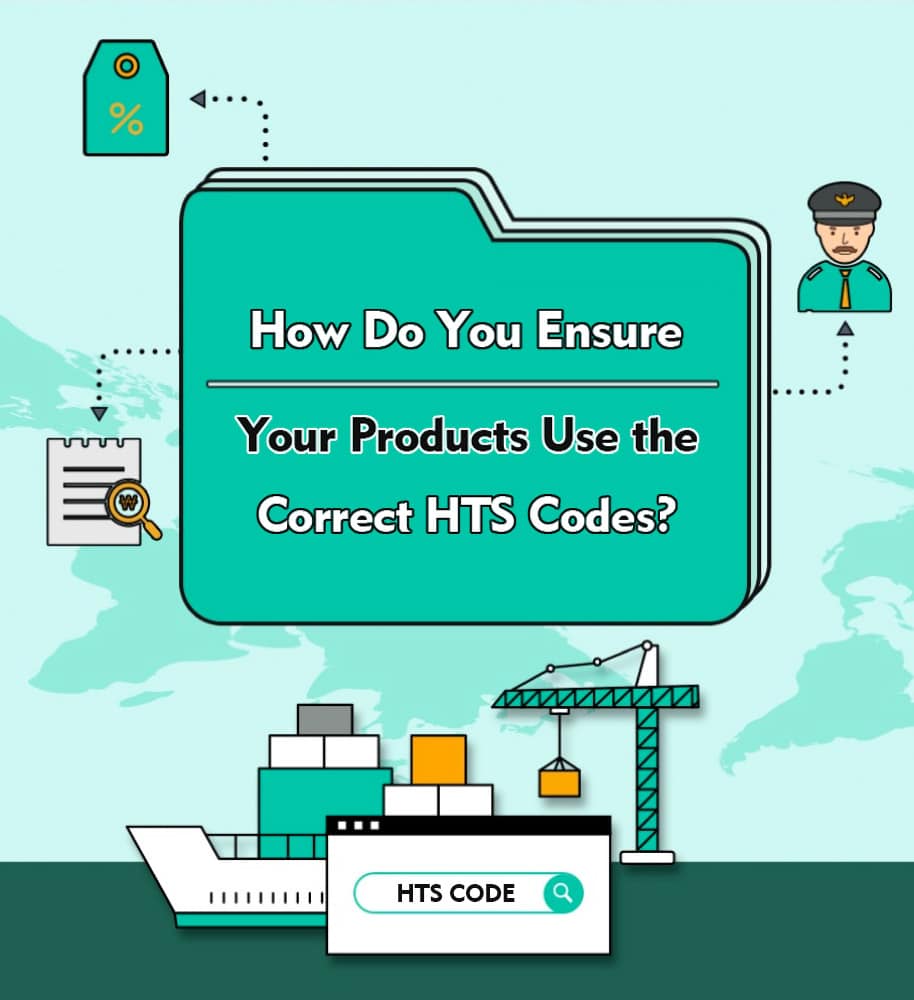
- Incomplete or unassembled goods (GRI 2(a)): If your countertop ships without pre-drilled holes but is clearly identifiable as a top, it can still classify as the finished article if it has the essential character.
- Mixtures and composites (GRI 3(b)): For composite sinks (stone + resin + metal strainer), classify by the material imparting essential character (often the body material).
- Sets (GRI 3(b)/(c)): Bathroom accessory sets require deciding the component that gives the set its essential character; if indeterminate, choose the heading last in numerical order among candidates.
- Closest akin (GRI 4): Rarely, you may need to classify by goods most resembling the product if no heading text fits.
- Cases and packing (GRI 5): Tool cases or specialized packaging can influence classification when presented with goods.
USITC houses the HTS text and notes; start with the HTS portal and refer to Harmonized Tariff information for the formal GRIs and Additional U.S. Rules of Interpretation.
Trade remedies and 2025 context: Section 301 and more
- Section 301 (China): Additional duties reported under Chapter 99 (9903.88.xx). Coverage and exclusions change over time. For 2024–2025, tariff modifications and exclusions were updated through official notices such as the Sept. 18, 2024 Federal Register modification and USTR press releases (e.g., Dec. 11, 2024 increases on tungsten products and solar wafers/polysilicon; Aug. 28, 2025 extensions of certain exclusions). See USTR’s posts: May 24, 2024 exclusions extension, Dec. 11, 2024 tariff increases, and Aug. 28, 2025 extension.
- AD/CVD orders: Check if your HTS line has active antidumping/countervailing measures (e.g., quartz surfaces; drawn stainless steel sinks). The Federal Register publishes continuation notices and scope clarifications; examples above.
- Section 232 (steel/aluminum): Some articles of steel/aluminum have additional duties or quotas. Confirm via CBP/Commerce guidance as applicable.
Operationally, report any required Chapter 99 numbers alongside the base HTS classification, per HTSUS and CBP entry instructions.
Cost impacts tied to classification (landed cost)
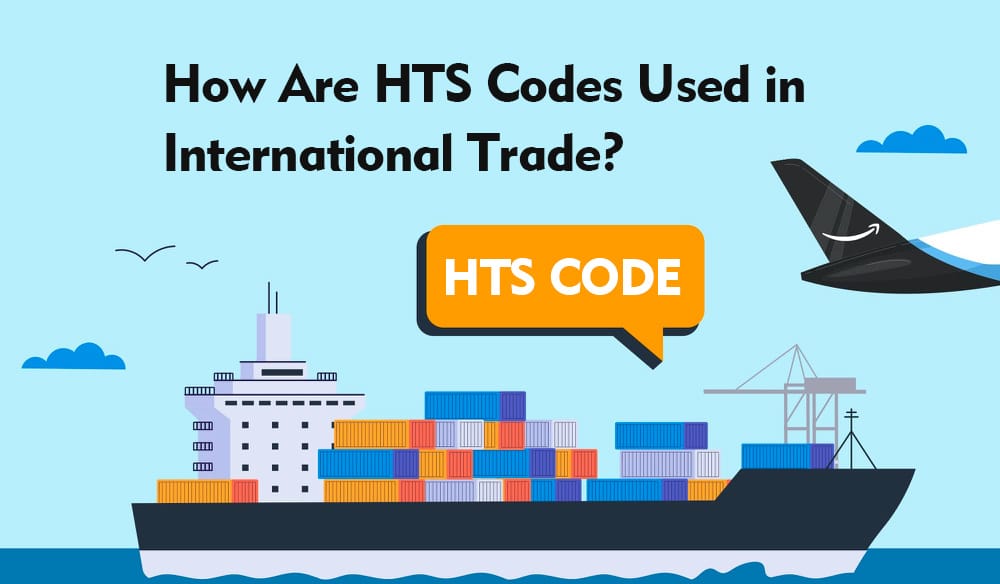
- Base duty rate: From your HTS line (general/special). Verify in USITC HTS tables.
- Section 301: Added ad valorem duties when applicable via Chapter 99.
- Special programs: Preferential rates under USMCA, etc., when origin rules are satisfied.
- MPF (Merchandise Processing Fee): Formal entries are subject to an ad valorem fee (0.3464%) with minimum/maximum amounts adjusted periodically. CBP announced FY2026 adjustments effective Oct. 1, 2025—see the July 23, 2025 Federal Register notice and corresponding CBP CSMS updates like this bulletin.
- HMF (Harbor Maintenance Fee): 0.125% for ocean imports. CBP’s Help Center provides an overview at Harbor Maintenance Fee article.
Landed cost reminder: Small changes in classification can cascade through base duty, Chapter 99 duties, and AD/CVD exposure. Keep a simple worksheet that ties the HTS line to each cost component.
When and how to seek a CBP binding ruling
- Authority: Binding rulings are governed by 19 CFR Part 177. CBP’s Help Center outlines how the program works at Binding Ruling Program (Article 1106).
- What to include: Detailed product description, composition (%), manufacturing process, photos/diagrams, proposed HTS, and your GRIs analysis.
- Where to research: Use CROSS to study similar rulings and CBP’s reasoning before you submit.
- Timeline & effect: Rulings are generally issued within weeks to a few months. Once issued, they are binding at all ports unless modified or revoked.
Practical preparation: Write your analysis as if an auditor will read it a year from now. Clear facts, cited notes, and a concise GRIs path greatly increase confidence and speed.
Troubleshooting: fix mistakes after entry

- Post Summary Correction (PSC): If an entry has not yet liquidated, filers can correct classification and other summary data through ACE via PSC. CBP publishes procedural guidance via official channels; confirm eligibility and timing with your broker and CBP resources.
- Protest (19 CFR Part 174): If an entry has liquidated, you may file a protest within 180 days to challenge the classification or other decisions. See the eCFR Part 174 for the governing rules.
Documentation tip: Keep a change log that shows the old HTS, the new HTS, rationale, and links to HTS notes/rulings used to support the correction.
A realistic workflow example (with optional expert support)
Here’s how a small retail procurement manager might classify a shipment of engineered quartz countertops:
- Gather facts: supplier spec sheet says 93% quartz, 7% polyester resin; slabs cut to 3.2m x 1.6m; origin China.
- HTS search: candidate 6810.99.0020 (rectangular slabs meeting slab dimensions) vs 6810.99.0040 (other slabs used for countertops). Read Chapter 68 notes.
- Validate with rulings: CROSS shows similar engineered stone slab rulings (e.g., N339557). Confirm essential character = quartz/resin agglomerate.
- Check remedies: AD/CVD order applies to quartz surface products of China (per FR Jan. 30, 2025 continuation); Section 301 via Chapter 99 may apply; verify exclusions status via USTR notices.
- Decide: choose the correct 10-digit line, record rationale, and prepare entry docs accordingly.
In cases like this, a dedicated 1-on-1 agent can help compile specs, cross-check HTS notes, and coordinate with your customs broker to ensure Chapter 99 and AD/CVD reporting are properly reflected.
Common mistakes to avoid
- Relying on keyword search without reading Section/Chapter Notes.
- Ignoring essential character for composites or sets.
- Missing Chapter 99 reporting when trade remedies apply (Section 301, 232).
- Overlooking AD/CVD scope for known categories (quartz surfaces, drawn stainless sinks).
- Using outdated duty rates; always confirm at the time of entry.
Tools, templates, and checklists you can implement today
- Product facts worksheet: material percentages, function, construction, dimensions, integrated components.
- HTS notes review checklist: Section Notes → Chapter Notes → Additional U.S. Notes → heading/subheading text.
- Rulings research log: keywords used, relevant rulings (numbers), GRIs applied, takeaways.
- Cost components sheet: base duty, Section 301, special program eligibility, MPF/HMF, AD/CVD.
Next steps (optional consult)
If you’d like a second set of eyes on your building materials classifications—or help organizing specs for a ruling—book a 15-minute classification consult with a dedicated agent.
We’ll walk through your product facts, HTS candidates, and any Section 301 or AD/CVD exposure, and outline a defensible path forward.
